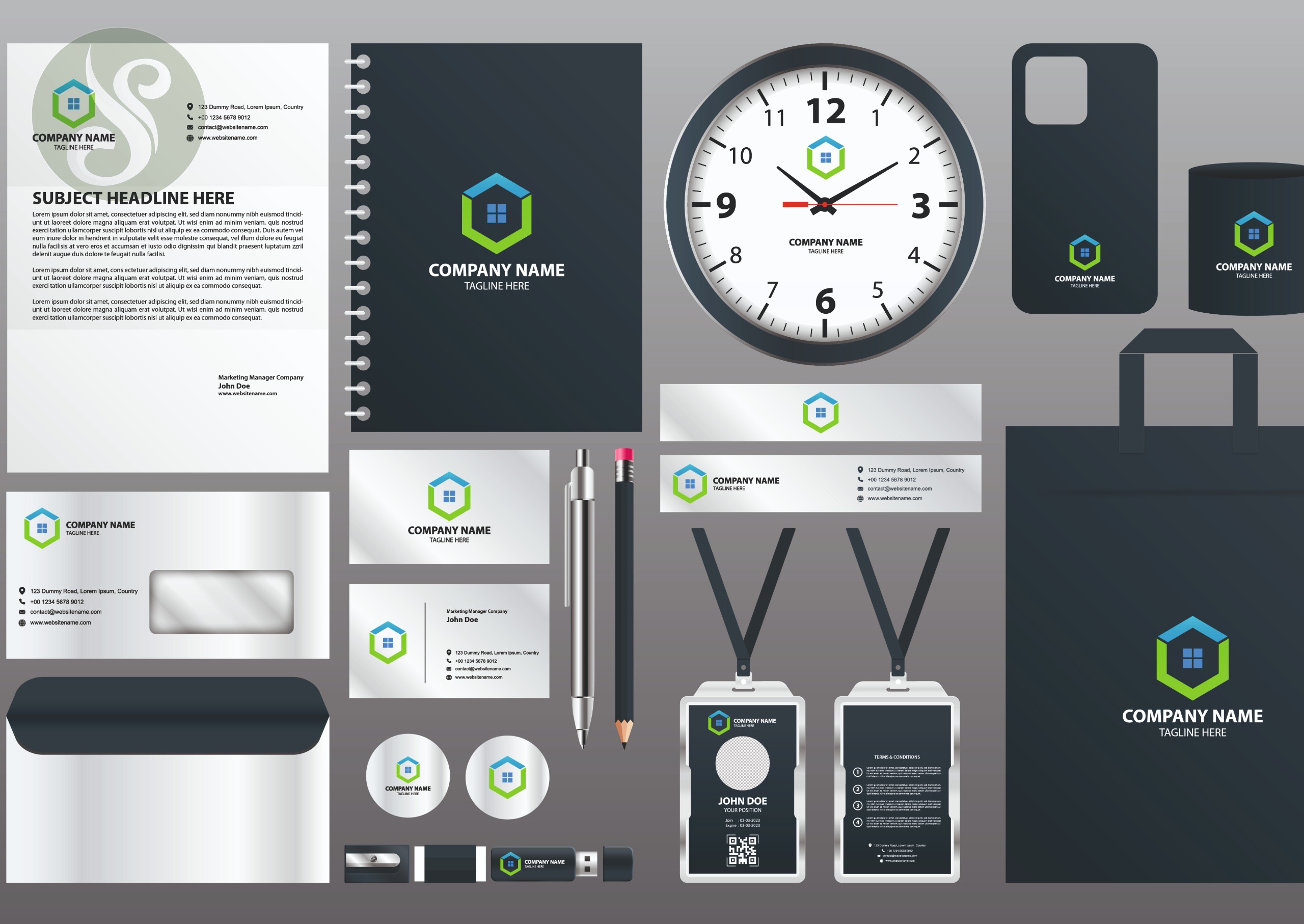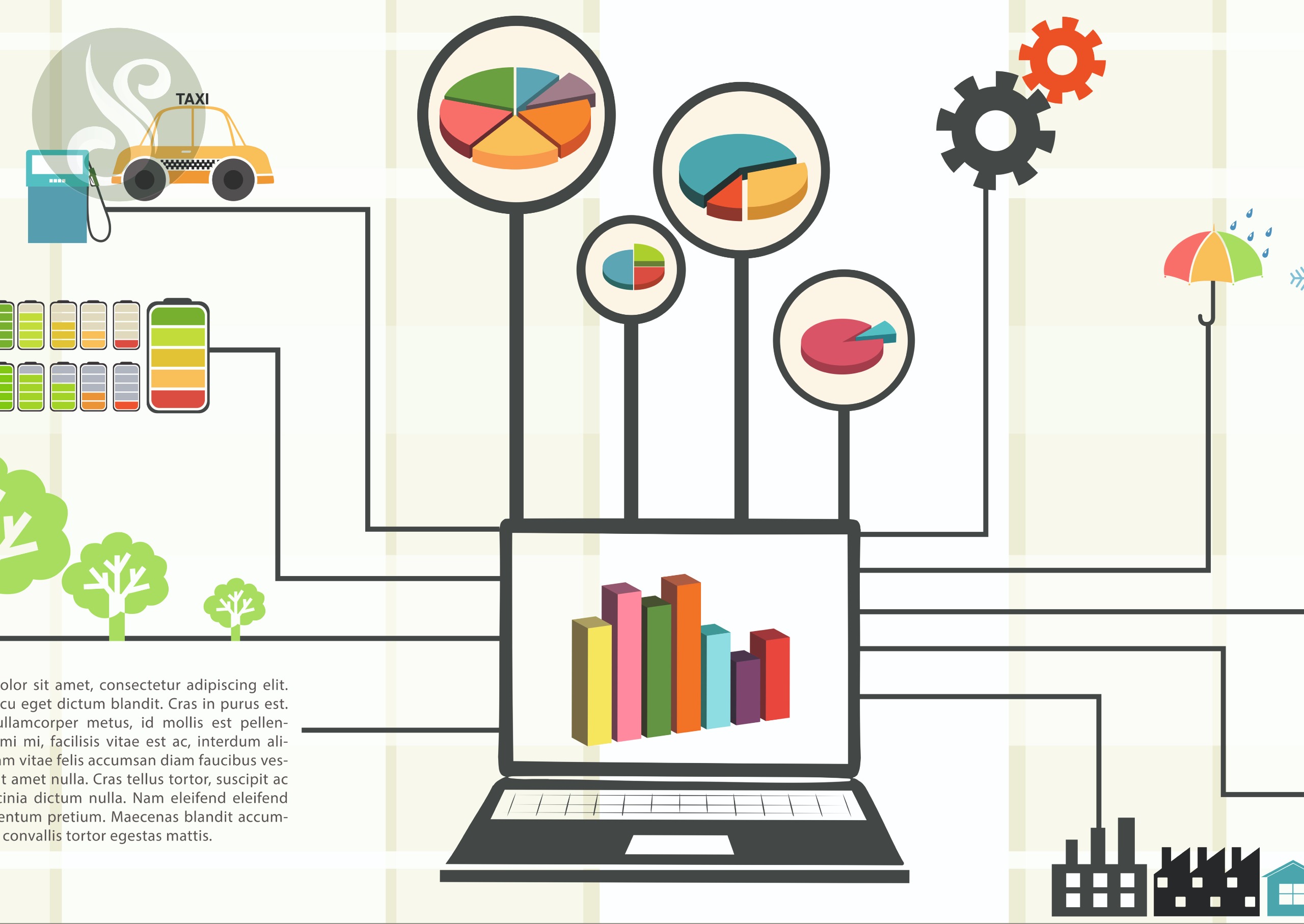Why Visualizing Your Brand Assets Can Make or Break Client Pitches
Introduction: The Power of First Impressions in a Visual WorldIn today’s hyper-competitive digital economy, where brands compete not just for market share but for fleeting attention spans, the way you present your ideas often matters as much as the ideas themselves. Whether you’re a startup pitching investors, an agency proposing a brand refresh to a client, or a SaaS company launching a new feature—the visual packaging of your proposal can determine whether it gets approved, funded, or simply ignored.
This is why mockups—realistic digital representations of your brand assets, designs, or products in real-world contexts—have become a non-negotiable part of the creative and business communication process. A logo on a plain white background is one thing; that same logo elegantly embossed on stationery, splashed across a storefront, or displayed on a mobile app interface creates an emotional connection, helping clients and stakeholders visualize success before it even happens.
At SUCHI DESIGN, where we specialize in technology, branding, and design-driven growth strategies, we’ve seen firsthand how mockups can make or break client pitches. In this blog, we’ll unpack the psychology of visual persuasion, explore real-world case studies, and share actionable insights on how businesses, agencies, and freelancers can leverage mockups to win more deals, build trust faster, and create brand experiences that stick.
What Are Mockups and Why Do They Matter?A mockup is a high-fidelity, realistic simulation of how a design or product will look in real life. Unlike flat graphics or wireframes, mockups add context—showing a logo on business cards, a website on a laptop screen, or a packaging design on an actual box.
The Shift from Conceptual to Contextual SellingIn the past, designers would share raw design files or PowerPoint slides. But in 2025’s visual-first business culture, conceptual ideas alone no longer sell—clients and stakeholders need to see how those ideas come alive in the real world.
A 2024 Adobe Digital Experience Survey found that:
-
74% of decision-makers prefer presentations that include real-world mockups over text-heavy proposals.
-
61% of marketers say visual mockups shorten the approval cycle by at least 30%.
This isn’t just about aesthetics—it’s about creating emotional buy-in. When a client sees their brand on a coffee cup, billboard, or app icon, they mentally fast-forward to success.
The Science of Visualization—Why the Brain Loves Mockups Cognitive Bias: Seeing Is BelievingHumans are visual creatures. According to MIT research, the brain can process images in as little as 13 milliseconds. When you present flat designs, you’re asking the client to imagine how it will look in real life. That creates cognitive load, introducing doubt or confusion.
Mockups remove that guesswork.
They trigger the brain’s experiential simulation system—the same mechanism that makes us feel excitement during a movie or nervousness during a VR game. A well-crafted mockup turns your pitch into an emotional experience, making the decision-making process faster and more intuitive.
Case Study: Airbnb's Interface OverhaulIn 2023, Airbnb redesigned its booking flow. Instead of showing stakeholders abstract UX wireframes, the design team used high-fidelity mockups with real data, realistic photos, and in-context mobile previews. The result? Faster executive approval and alignment across departments.
Real-World Scenarios Where Mockups Close Deals Brand Identity PitchesImagine pitching a new logo to a restaurant chain. Showing a flat design might get polite nods. But showing that logo:
-
On staff uniforms
-
On menu cards
-
On the restaurant’s signage at night
On social media templates
Transforms the discussion from "Do we like this logo?" to "This is who we could become."
Real-World Example: Starbucks' 2024 Rebranding ProposalIn early 2024, Starbucks’ creative team pitched subtle logo tweaks to global leadership. By using realistic mockups on coffee cups, store windows, and app screens, they gained instant buy-in for a global rollout.
Packaging and Product DesignA CPG (Consumer Packaged Goods) brand might love a packaging design in isolation but reject it when they imagine it on a crowded supermarket shelf. Mockups solve this by showing the product in-store, in hand, or in use.
Example: Nykaa’s Eco-Range LaunchWhen Nykaa launched its eco-friendly skincare line in 2023, their design agency used shelf mockups, unboxing simulations, and influencer feed previews. This led to faster approvals and viral pre-launch buzz.
Web and App Development PitchesMockups aren’t just for logos or packaging. For web development or mobile apps, UI/UX mockups simulate real interactions:
-
Landing pages on mobile
-
App flows with clickable prototypes
-
Desktop and tablet versions in use-context
This reduces the fear of the unknown, helping non-technical stakeholders visualize the final product.
The Risk of Skipping Mockups—What Happens When You Don’t Visualize Stakeholder MisalignmentWithout mockups, different stakeholders imagine different outcomes. The marketing head envisions one thing; the CEO imagines another. This leads to:
-
Endless revisions
Scope creep -
Delayed launches
-
Budget overruns
Non-designers often struggle with abstract visualization. A study from Stanford University (2022) found that visual learners (which make up 65% of the population) are significantly less confident in decisions made without tangible visual cues.
Real Case: A Failed Tech PitchIn 2023, a startup pitching a new e-wallet to Indian banks lost a major contract because they presented technical blueprints instead of realistic mockups. The competitor, who showcased clickable prototypes and real-world mockups, won the deal despite having similar tech capabilities.
Mockup Technology Trends in 2025The way we create mockups is evolving rapidly. Here are current trends transforming the space:
AI-Powered Mockup GeneratorsTools like Canva SmartMockups, Adobe Express, and Figma AI now allow brands to generate photorealistic mockups in seconds. AI auto-adjusts lighting, texture, and perspective, making mockups more realistic than ever.
Augmented Reality (AR) MockupsBrands like Lenskart and IKEA are using AR to let clients preview designs in their actual environment, whether it’s a logo on a wall or a product in their hand.
Virtual Reality (VR) Brand PitchesAgencies are creating immersive VR environments where clients can walk through a branded store, see signage in 3D, or experience interactive product demos.
How to Create Effective Mockups—A Practical Guide Know Your Audience-
C-Suite prefers business impact visuals: increased foot traffic, app engagement, or sales shelf appeal.
-
Design Teams need pixel-perfect precision to ensure brand consistency.
-
Marketing Teams want to see use-case versatility across channels.
Use real-world backdrops:
-
For food brands: mockups in cafes or kitchens
-
For tech apps: mockups in hands or on devices
-
For retail: in-store shelf simulations
-
Figma + Anima for interactive prototypes
-
Adobe Dimension for 3D packaging mockups
-
Canva SmartMockups for social media previews
-
Placeit for video-based mockups
-
Vectary for VR and AR mockups
Mockups should look real, but also allow room for iteration. Use phrases like:
-
“Visual exploration”
-
“Early-stage concept in real context”
-
“Prototype visualization”
This manages expectations and keeps clients engaged without assuming the work is finished.
Real-World Success Stories Zomato’s Menu Redesign PitchIn 2023, Zomato redesigned its in-app restaurant menus for better UX. Rather than just showing wireframes, the design team created mockups of users scrolling the new menus in a live environment. This led to faster approvals and a 12% increase in user engagement post-launch.
Small Business Win: Cafe Branding in PuneA boutique café in Pune hired a freelance designer for a rebranding project. By using coffee cup mockups, storefront previews, and Instagram story templates, the designer won the project in one pitch meeting—beating larger agencies who presented PDFs with no visuals.
The Future of Mockups—What’s Next?As technology evolves, mockups will become even more immersive and accessible:
-
Holographic Mockups: Brands will soon preview physical products using AR glasses.
-
Collaborative Cloud Mockups: Teams will co-edit mockups in real-time globally.
-
AI Voice Narrated Mockups: Tools like Synthesia will explain mockups via AI-generated voiceovers, making presentations interactive.
In an era where attention spans are short, competition is fierce, and decisions are made at lightning speed, mockups are no longer just design add-ons—they’re business-critical tools that help clients see, feel, and believe in your ideas before they become reality.
At SUCHI DESIGN, we help brands, startups, and agencies craft high-impact pitches that close deals, using advanced mockup technology, brand storytelling, and visual psychology to drive decision-making faster and smarter.
Ready to visualize your brand’s next big pitch?



